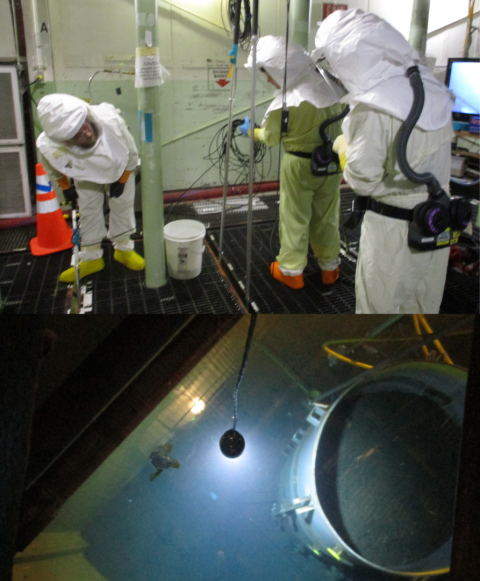
Workers with EM Richland Operations Office contractor Central Plateau Cleanup Company (CPCCo) are making progress preparing the Hanford Site’s K West Reactor spent-fuel storage basin for draining and demolition.
The Transuranic Waste Processing Center (TWPC) recently shipped its first load of transuranic (TRU) waste for disposal since coming under the management of Oak Ridge Office of Environmental Management (OREM) cleanup contractor UCOR.
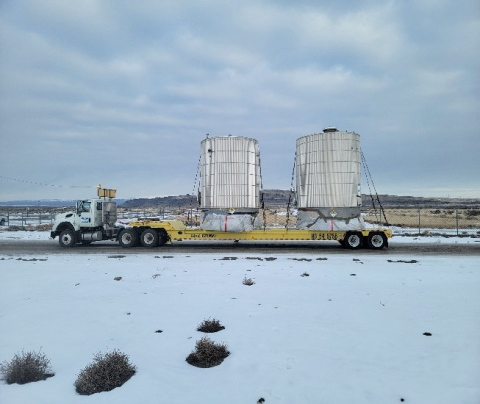
EM Richland Operations Office contractor Hanford Mission Integration Solutions (HMIS) recently removed two large tanks near the Effluent Treatment Facility (ETF) on the Hanford Site to make way for future wastewater treatment at the ETF.
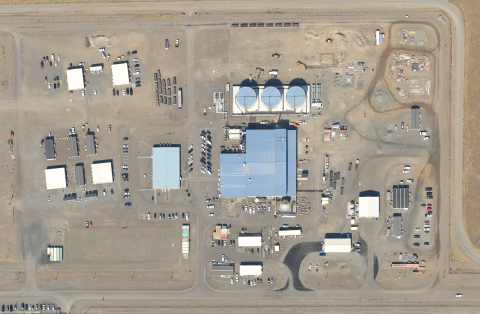
An aerial view of the Effluent Treatment Facility on the Hanford Site, where workers are completing the final upgrades needed for the Direct-Feed Low-Activity Waste Program to treat tank waste.
Despite nationwide supply chain challenges brought by the coronavirus, an EM contractor at the DOE Idaho National Laboratory Site has found success relying on local and regional small businesses for goods and services.

EM recently collaborated with the National Nuclear Security Administration (NNSA) at the Savannah River Site (SRS) to successfully complete the first shipment of downblended surplus plutonium for permanent disposal from a new location at the site: K Area.
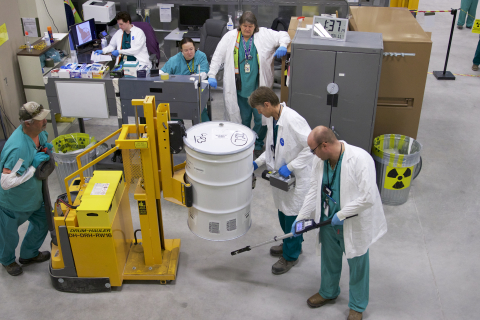
DOE recently bestowed eight EM teams with the Secretary of Energy Achievement Award, recognizing projects at the Idaho, Savannah River and Hanford sites as well as a group of employees who revamped and expanded EM’s Minority Serving Institutions.
The Oak Ridge Office of Environmental Management (OREM) and its contractor UCOR are performing extensive upgrades designed to extend the life of the Liquid and Gaseous Waste Operations (LGWO) facilities.
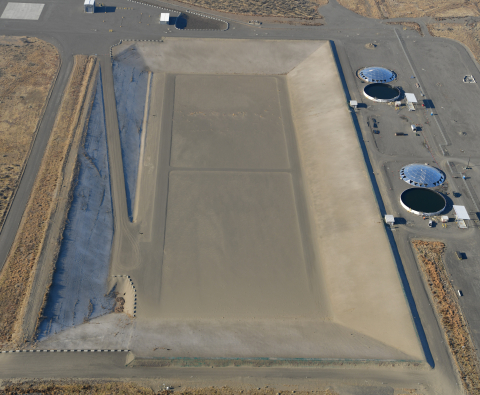
EM Richland Operations Office (RL) contractor Central Plateau Cleanup Company (CPCCo) has awarded a two-year, $36 million subcontract to provide landfill management, operations, inspection and maintenance services for the Integrated Disposal Facility.

A recent double-digit increase of transuranic waste shipments for permanent disposal at EM’s Waste Isolation Pilot Plant (WIPP) led to a successful seven-week stretch that has officials at the facility feeling confident.

